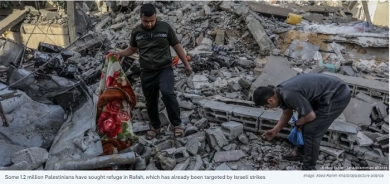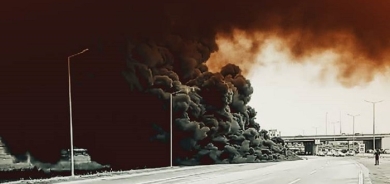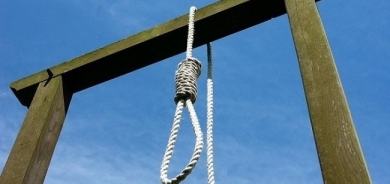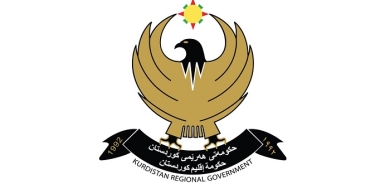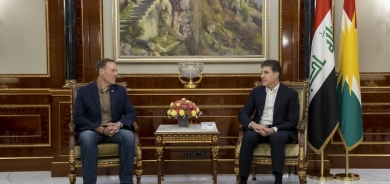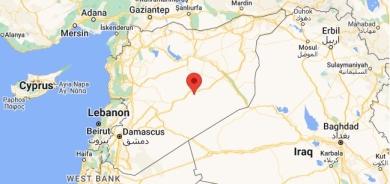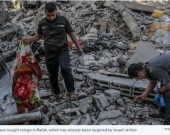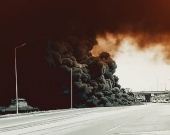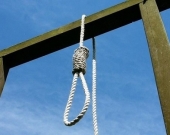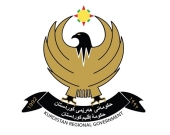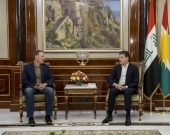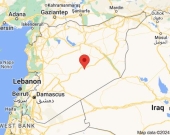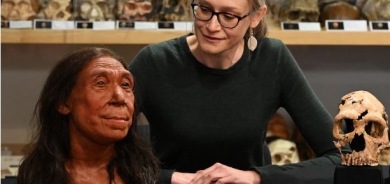Iranian Border Guards Injure Four Kurdish Kolbars in Cross-Border Incidents
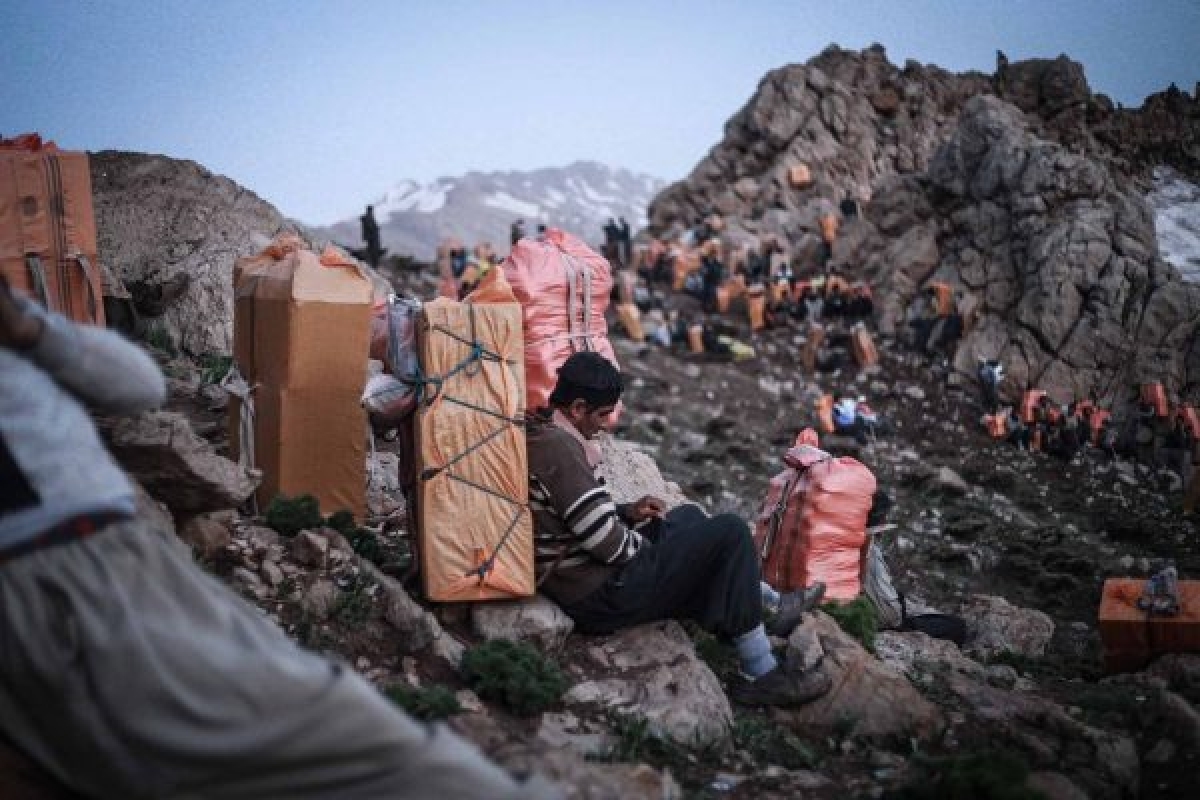
Four Kurdish Kolbars sustained injuries due to direct gunfire from Iranian border guards in separate incidents along the Iran-Iraq border, as reported by the Hengaw Organization for Human Rights. The incidents, occurring in the Paveh, Nawsood, and Saqqez regions, highlight the ongoing risks faced by these economically disadvantaged individuals who engage in cross-border trade to support their families.
The Hengaw Organization for Human Rights has documented four instances of Kurdish Kolbars sustaining injuries inflicted by Iranian border guards in recent cross-border incidents. Among the victims, Fuad Kargar, a resident of Banwara village in Paveh, was severely injured along with two other Kolbars in the Paveh-Nawsood border region on Wednesday night. Kargar's condition necessitated his transfer from Paveh Hospital to Talqan Hospital in Kermanshah for further medical treatment.
In a separate incident, Kazim Osmani, aged 28 and hailing from Saqqez, suffered injuries inflicted by border guards in the Bastami border area and is currently undergoing treatment at Shafa Hospital in the city.
These incidents shed light on the perilous conditions faced by Kolbars, who hail from economically disadvantaged Kurdish communities in Iran. Despite their essential role in cross-border trade, providing vital support to their families, the Iranian government deems their work "illegal," subjecting them to frequent targeting by border guards.
The Hengaw Organization's data underscores the extent of the danger faced by Kolbars, with a total of 334 reported cases of Kolbars either killed or injured along the northern Iraq-Iran borders last year. In January alone, six Kolbars lost their lives, while 44 sustained injuries, including six children. Kermanshah province recorded the highest number of victims, with 29 cases, followed by Sanandaj with 21 cases. Direct gunfire accounted for the majority of incidents (92%), with stoning, beatings, and mountain falls comprising the remaining 8%.
The continued targeting of Kolbars underscores the urgent need for greater protection of their rights and safety, as they persist in their livelihood activities amidst heightened risks along the border regions.

